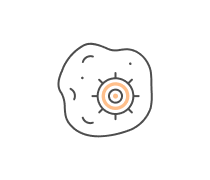The correct answer is "preembyronic, embryonic, fetal." Prenatal development begins with the preembyronic stage, which lasts from conception to about two weeks. During this stage, the zygote undergoes rapid cell division and begins to implant into the uterine wall. The embryonic stage follows, lasting from about two to eight weeks. During this stage, the major organs and body systems begin to form. Finally, the fetal stage occurs from about eight weeks until birth. During this stage, the organs continue to develop and mature, and the fetus grows in size and complexity.
















